Nuclear decommissioning
In its simplest form, decommissioning means removing all the fuel from a nuclear power station, taking down the plant and facilities and restoring the site to an agreed end-state ready for some form of re-use.
The first of EDF’s AGR nuclear power stations ended generation and started decommissioning in 2022. At the moment all seven AGR stations are expected to have ended power generation by 2028 and be at various stages of decommissioning.
What does it mean to decommission a nuclear power station?
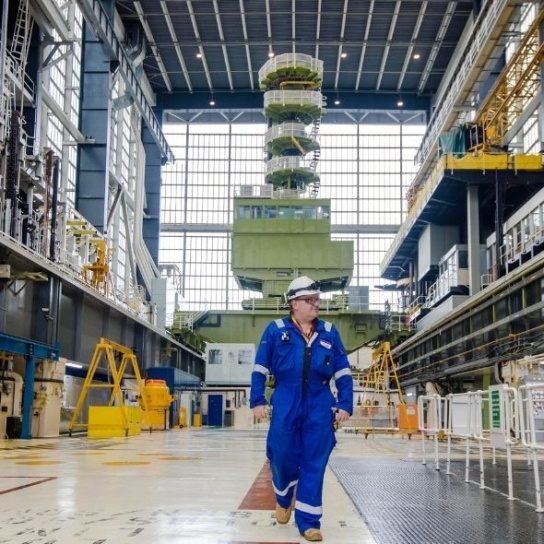
Three of EDF’s nuclear power stations, Hunterston B, Hinkley Point B and Dungeness B have ended generation and entered the first phase of decommissioning – defueling.
By 2028, EDF expects all of the seven AGR stations to have ended power generation and to be at various stages of decommissioning. Only one of the existing stations - Sizewell B (a pressurised water reactor) - will still be generating low carbon electricity.
On behalf of Government, EDF’s job will be to remove all the used fuel from the reactors and fuel ponds, representing over 99% of the radioactive material from each site.
Once the reactors are emptied of fuel, the sites will be transferred, on a rolling basis, to the Nuclear Decommissioning Authority (NDA) and its subsidiary Nuclear Restoration Services (NRS – formerly Magnox), will carry out the rest of the decommissioning job. This involves removing all plant, equipment, services and buildings external to the reactor building. Early decommissioning preparation will start during defueling, such as waste preparation activities.
With more than 40 years of experience in operating its fleet of seven AGR and one PWR stations, EDF’s people know the plant better than anybody does. The objective is to deliver value to the UK taxpayer while ensuring safe and effective delivery of ‘fuel free’ reactors, ready to be decommissioned.
This 2-minute animation explains these important first steps in the decommissioning journey.

The decommissioning process
How are nuclear power plants defueled and decommissioned?
EDF is committed to carrying out defueling safely and efficiently while continuing to generate low carbon electricity and help Britain achieve Net Zero.

There are around 300 fuel channels in each reactor, all of which need to be carefully emptied.
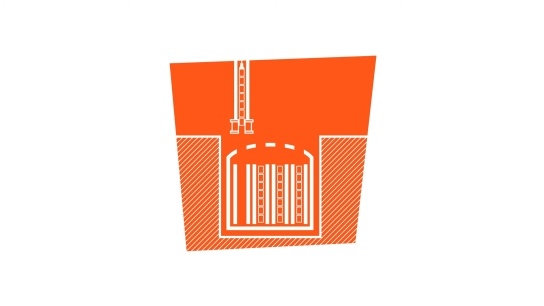
A fuelling machine removes the fuel assembly from a channel and each fuel element is transferred to a cooling pond where it stays for a minimum of 90 days.
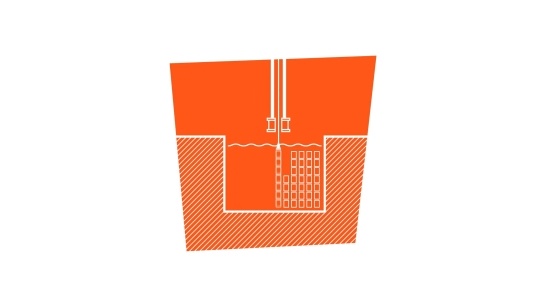
Once cooled, the fuel is removed from the pond, packaged, and loaded into a container called a flask. The flask is transported by train to Sellafield in Cumbria where it is further cooled and stored until it is safe to be disposed of.

During the defueling phase, around 400 spent fuel flasks are shipped to Sellafield from each EDF site. This phase will take between 3 and 5 years per site to complete.

Once the site is fuel free it will be transferred to the NDA for its subsidiary NRS to carry out the next stage of decommissioning. The focus turns to the treatment and removal of low level radiological and non-radiological wastes, along with the demolition and removal of redundant facilities.

Some new construction may be required for radioactive waste management processing. A facility for a Safestore option may also be built which will allow the reactor building to be left for a safe passive period, leaving the remaining radioactive materials to decay. After this long-term storage period, further demolition and final site clearance will be undertaken.
Why are nuclear power stations decommissioned?
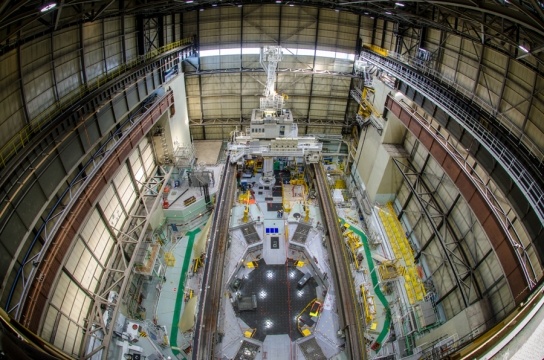
Once a nuclear power station stops producing electricity, the law determines that it has to be decommissioned. Over and above this, EDF believes it is the right thing to do for society and the environment. Each nuclear station operates under a site licence, which is regulated by the Office for Nuclear Regulation (ONR). One of the 36 licence conditions is specific to decommissioning planning and specifies that it is EDF’s responsibility to prepare for decommissioning. Just as important as ONR are the UK’s environmental regulators. Once fuel is removed, the vast majority of activities are environmental restoration, so permitting and waste acceptance is driven by environmental regulations. EDF has a wide range of responsibilities through to closure or to the point where the sites are transferred to the Nuclear Decommissioning Authority (NDA).
Hunterston B
- On 7 January 2022 Hunterston B in North Ayrshire generation ended at site and it moved into the defueling phase.
- Hunterston B started generating low carbon electricity in 1976.
- Over its lifetime, Hunterston has produced enough zero carbon electricity to every home in Scotland for 31 years and the carbon avoided from its operations, when compared to gas generation, is like taking every car off Scotland’s roads for 19 years.
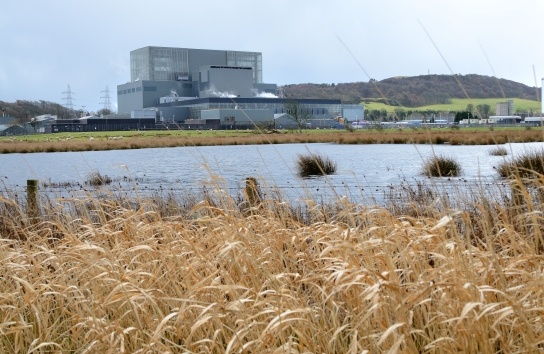
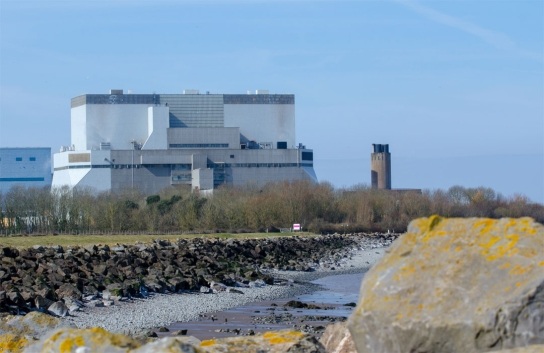
Hinkley Point B
- Generation at Hinkley Point B power station in Somerset ended in August 2022.
- Hinkley Point B started generating low carbon electricity in 1976 and since then has safely produced more than 300 TWh of power – an amount of energy that would meet the electricity requirements of every home in the UK for three years.
Dungeness B
-
On June 7, 2021 Dungeness B in Kent was moved into the defueling phase of its lifecycle.
-
The plant started to generate power in April 1983.
-
Over its lifetime Dungeness B generated more than 142TWh of electricity. That's enough to meet the electricity needs of every home in Kent for more than 50 years, and save the UK almost 50m tonnes of CO2 emissions.

Nuclear decommissioning jobs
We’re recruiting for people to join us on the next exciting phase of our journey
We’re offering multiple opportunities across a range of disciplines for those who relish working in a commercially-driven environment, on major customer contracts. You could be a seasoned project or programme management specialist working in the nuclear or non-nuclear industries, have skills in commercial management or finance, or are used to working as an intelligent customer for technical disciplines.
To apply for an opportunity within our Nuclear Decommissioning team visit our careers site.

Find out more about nuclear energy
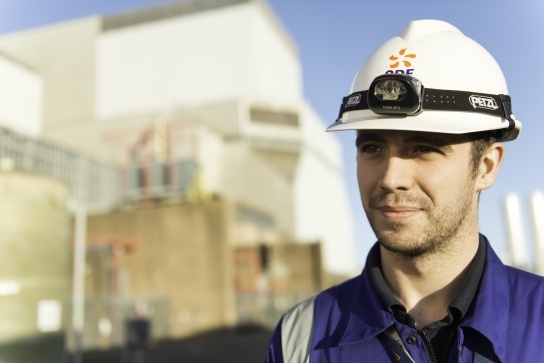
Nuclear lifetime management
EDF's lifetime strategy is to seek life extensions for all its nuclear stations, where it is safe and commercially viable.
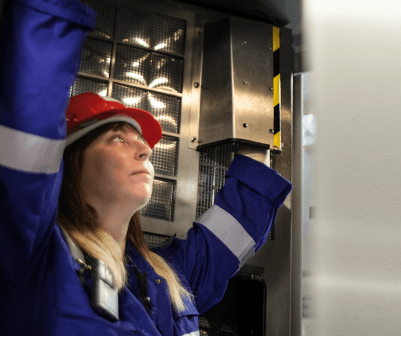
Generating safe nuclear energy
Safety is our number one priority. Find out how we keep you, our employees and the environment safe from harm.
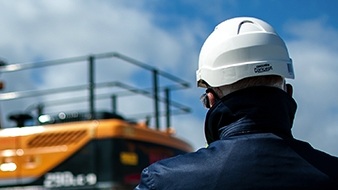
The future of nuclear power
We’re investing in the next generation of nuclear power stations.